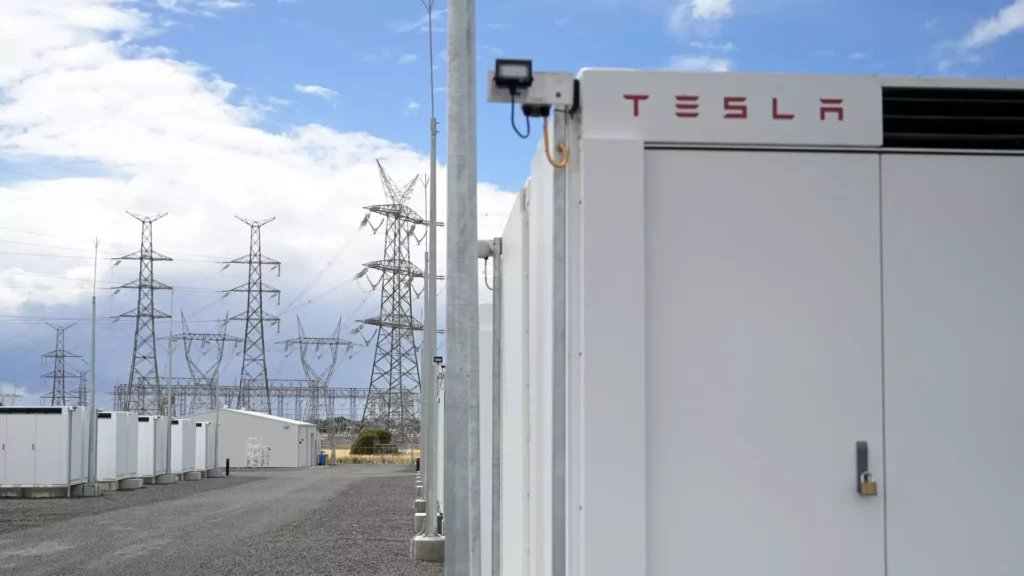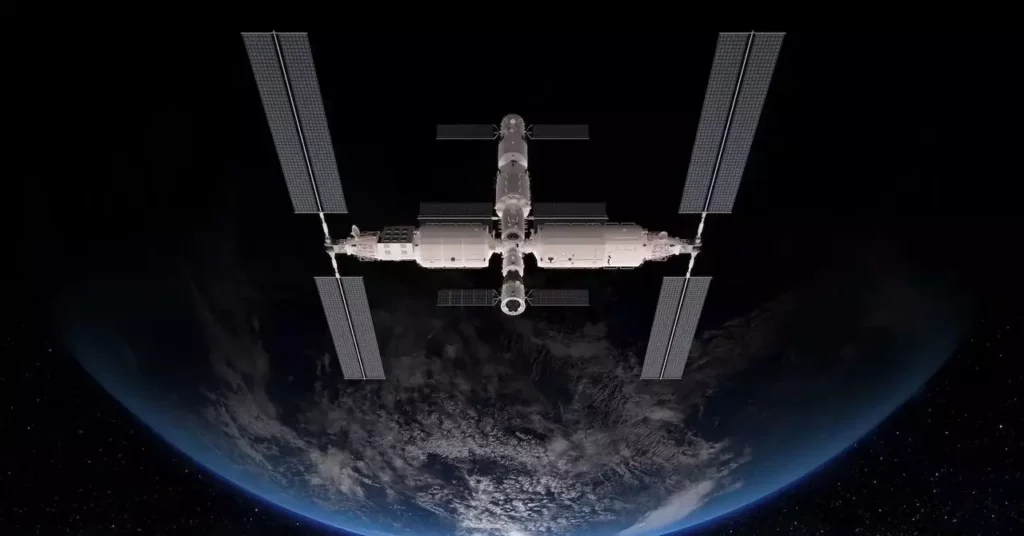Tesla’s latest venture into Shanghai, involving a landmark agreement to create a grid-scale battery power plant, highlights a crucial transformation not only for Tesla itself but also for the global energy sector. Valued at around 4 billion yuan (approximately $556 million), this initiative could redefine the dynamics of energy sustainability, especially within a geopolitical landscape marked by increasing tensions between the United States and China. Rather than viewing its expansion solely through the lens of business, this move underscores a realization that sustainable energy solutions can transcend political divides.
A Bold Move Amid Uncertainty
The timing of Tesla’s investment could not be more significant. As the two leading economies of the world grapple with tension-filled trade relations, Tesla is navigating this complex environment by investing heavily in renewable energy at a vital junction. While some may perceive this as an audacious move, I argue that it reflects a commendable willingness to put forth constructive energy solutions over divisive politics. This aligns with a growing sentiment that if humanity genuinely wishes to tackle climate change and achieve energy independence, a focus on collaboration rather than hostility is imperative.
Central to this ambitious project are the Megapacks—Tesla’s large-scale battery systems designed specifically for commercial energy storage. These powerful units have the capability to supply 1 megawatt of power for four hours each, acting as an essential buffer that can mitigate the irregularities associated with renewable energy sources. Depending on flexible and reliable storage solutions like these is no longer an option; it is a necessity in today’s world, where energy reliance is on the rise amidst escalating demands for sustainability.
An Innovative Approach to Energy Challenges
The need for robust grid-scale installations has never been more urgent, as traditional energy systems struggle to adapt to the increasing unpredictability of renewable sources. Tesla’s batteries serve as what one might call “smart regulators,” offering the potential for efficient energy management in a renewables-heavy portfolio. By bolstering China’s electric grid with these advanced storage solutions, Tesla is not just providing a product but is actively contributing to the creation of a stable energy landscape for urban centers within a region that desperately requires it.
In a proactive response to China’s ambitious energy targets—aiming to achieve an additional 5 gigawatts of battery-powered electricity supply by the end of 2025—Tesla’s efforts could catalyze similar initiatives globally. The International Energy Agency disclosed that in 2023 alone, capacity for battery energy storage inflated by a staggering 42 gigawatts, bringing forth a sudden surge in demand. Tesla’s forward-leaning strategy to tap into this demand, particularly in densely populated markets like China, further solidifies its position as a thought leader in renewable innovations.
The Competitive Landscape
Interestingly, Tesla’s increased footprint in China runs parallel to its competitive relationship with domestic giants like CATL and BYD, who dominate the local battery market. With CATL commanding a formidable 40% share of the global battery market, Tesla’s approach could be seen as risky but also ripe with opportunities for growth and innovation. Some reports even indicate that CATL could supply battery cells for Tesla’s Megapacks, suggesting a potential for collaboration amidst competition—a narrative worth watching in the continuously evolving energy sector.
Given the fragile geopolitical climate, this partnership might be more than just business; it could symbolize a renewed potential for U.S.-China collaboration. Tesla CEO Elon Musk’s prior affiliations with various American administrations have been a subject of scrutiny, but his latest actions may be paving the way for enhancing diplomatic relations grounded in mutual economic interests in energy. This nuanced approach could foster a more universal goal of attaining energy progress that creatively breaks through contentious national boundaries.
Implications for Global Energy Dynamics
Tesla’s move into renewable energy storage comes at a time when global demand for reliable systems is surging. As countries strive toward cleaner and more dependable energy solutions, the ripple effects of Tesla’s initiatives will likely inspire similar projects across the globe, slowly but surely steering humanity toward a sustainable future. By strategically positioning itself within the Chinese market and actively participating in the energy transition, Tesla is simultaneously demonstrating confidence in its technology and enhancing its stature as a leading innovator.
This development is more than a simple expansion of a company’s operations; it reflects a significant step toward renewable energy self-reliance, demonstrating an adaptive strategy to tackle the complexities of modern geopolitical realities. Tesla is showcasing that the path to a sustainable energy future is intricately wrapped up in smart, innovative solutions, collaboration, and a willingness to embrace the uncertainty that comes with attempting to revolutionize a traditional industry.
So, will we continue to watch Tesla not just as a car manufacturer but as a pivotal player on the renewable energy stage? The answer lies within the unfolding narrative of sustainability and innovation, as Tesla demonstrates how the synergy of technology and ambition can challenge and change the world.









Leave a Reply